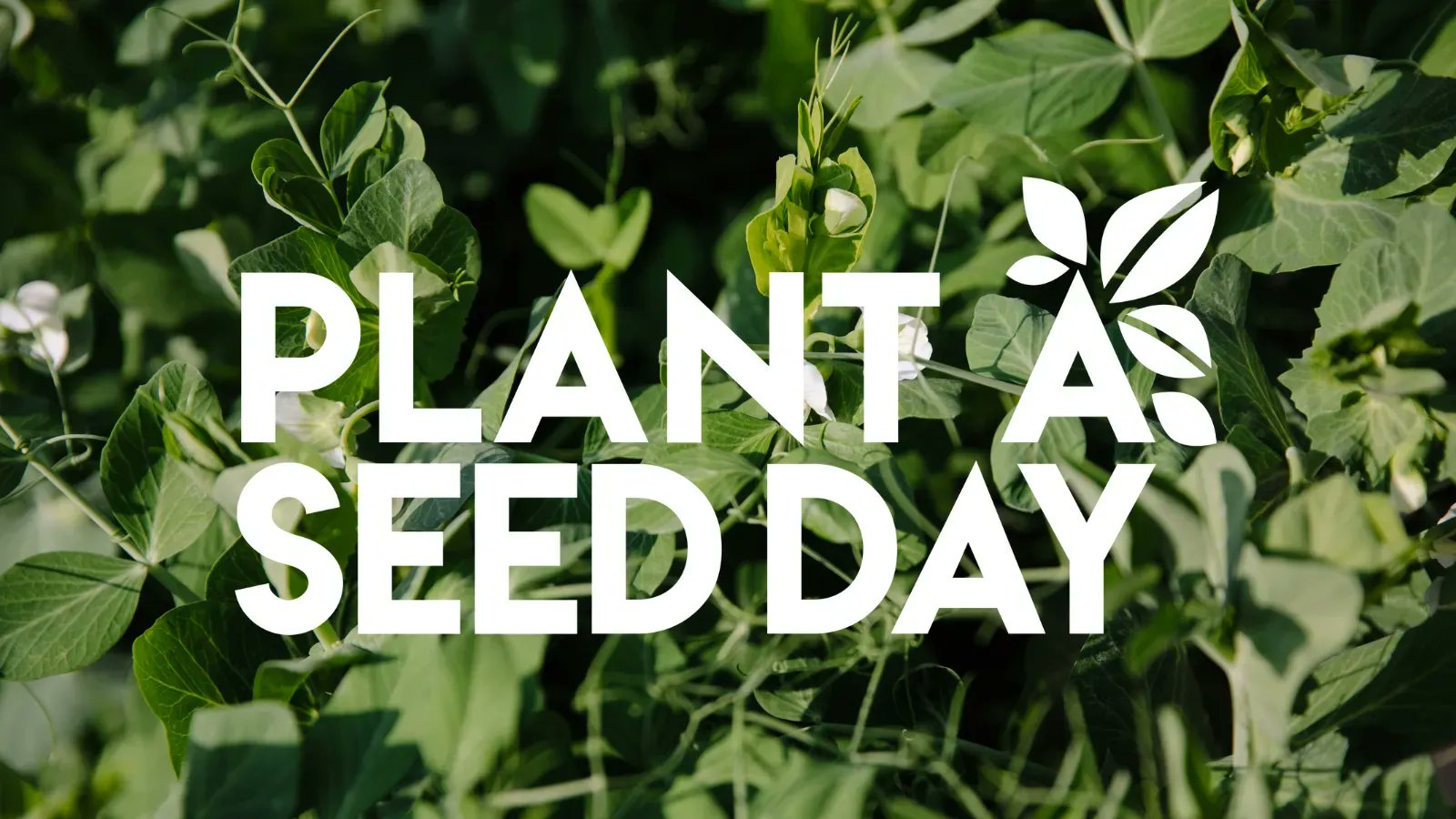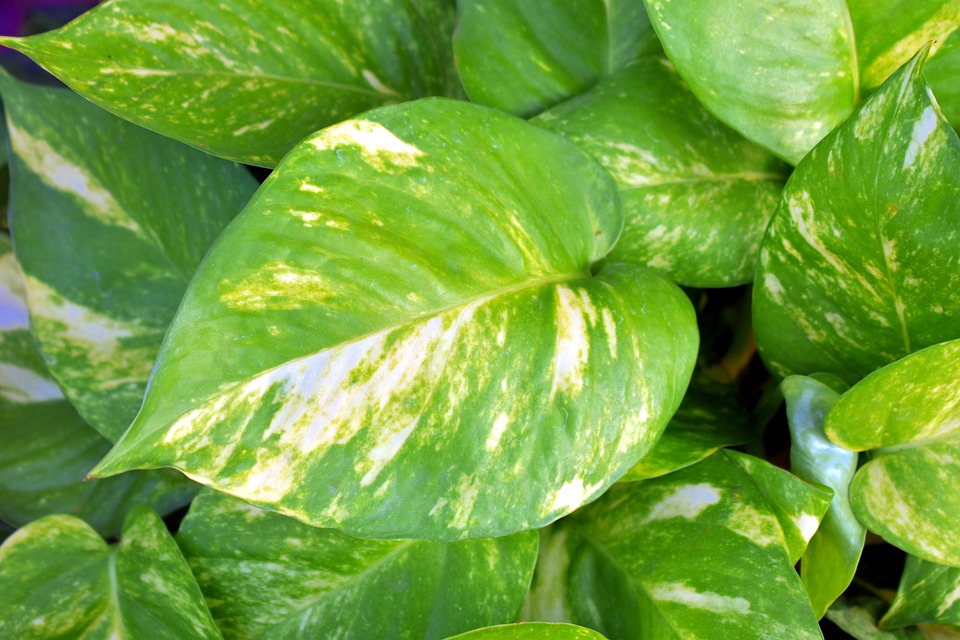Grow These 17 Herbs From Seeds on Plant a Seed Day and enjoy the fresh homegrown supply of herbs for your favorite cuisines.
Grow These Herbs From Seeds on Plant a Seed Day on May 7, 2023! It’s a wonderful opportunity to start your herb garden and relish the benefits of freshly harvested herbs.
Learn Growing Toona Sinensis ‘Flamingo’ Tree
Grow These 17 Herbs From Seeds on Plant a Seed Day
1. Cilantro (Coriandrum sativum)

USDA Zones: 2-11
Germination Time: 7-15 Days
Coriander, also known as cilantro, is a popular herb in Mexican, Indian, and South Asian cuisine. Growing coriander from seeds is easy, and the plant emerges quickly.
2. Sage (Salvia Officinalis)

USDA Zones: 4-10
Germination Time: 10-20 Days
You can celebrate Plant a seed day by growing sage from seeds; it will take a bit longer to germinate, around 2-3 weeks. It is best to plant sage seeds when the temperature is at or above 60 F (15 C).
3. Oregano (Origanum vulgare)

USDA Zones: 5-10
Germination Time: 8-14 days
If you’re looking for a fast-growing herb, consider planting dill from seeds. With the right conditions, it can emerge in as little as a week or two. In colder zones, it’s best to maintain a constant temperature of around 60 F (15 C), which can be achieved using a heating mat.
4. Fennel (Foeniculum vulgare)

USDA Zones: 4-9
Germination Time: 6-12 Days
By soaking the seeds before planting, you can expect fennel seedlings to sprout within a few days. The fresh fennel fronds can be used in a variety of dishes, such as salads, pestos, and curries, or even as a garnish on yogurt dips.
5. Basil (Ocimum basilicum)

USDA Zones: 9-11
Germination Time: 5-10 days
Basil is a fast-growing herb that sprouts quickly, making it a top choice for home gardeners. However, since basil is susceptible to cold temperatures, it’s important to plant the seeds when the temperature remains above 50°F (10°C).
Learn Growing Crocodile Fern Indoors in Pots
6. Fenugreek (Trigonella foenum-graecum)

USDA Zones: 9-11
Germination Time: 4-12 Days
Similar to basil, fenugreek is a fast-germinating annual plant that has many medicinal and culinary uses.
7. Mint (Mentha spp.)

USDA Zones: 3-8
Germination Time: 15-20 Days
Mint is another great candidate to celebrate Plant a Seed Day, as you can grow this herb from seeds. If you want to grow it indoors, make sure to provide bright morning sun and indirect light all day long, as mint can tolerate shade.
Keep the soil slightly moist, and you’ll soon see it thriving.
8. Dill (Anethum graveolens)

USDA Zones: 2-11
Germination Time: 8-18 Days
With its fast germination and easy-growing nature, this fragrant herb can sprout in as little as one to three weeks. Growing it will provide you with fresh leaves to add to soups and stews.
To thrive, it requires full sun and well-draining soil.
9. Chives (Allium schoenoprasum)

USDA Zones: 4-11
Germination Time: 14-20 Days
You can grow chives seeds on Plant a seed day both indoors and outdoors. To start, sow the seeds in a seed mix, burying them 1/4 inch deep, and place them in a warm location with indirect sunlight.
10. Holy Basil (Ocimum tenuiflorum)

USDA Zones: 10-12
Germination Time: 10-18 Days
Celebrate Plant a Seed Day by growing holy basil from seeds. Plant the seeds 1/4 inch deep in a well-draining potting mix. Make sure to water them well and provide plenty of bright and indirect light.
Find How to Grow Baby Corn at Home in Pots
11. Thyme (Thymus vulgaris)

USDA Zones: 4-9
Germination Time: 7-20 Days
With the right conditions, thyme seeds can germinate in as little as one or two weeks, but poor seed quality or suboptimal temperatures can lead to germination taking up to a month or two. To ensure the best growth, keep the temperature around 70 F (21 C).
12. Lemon Balm (Melissa officinalis)

USDA Zones: 4-9
Germination Time: 5-10 days
Sow the lemon balm seeds on a Plant a seed day indoors six to eight weeks before the last spring frost. Cover the seeds with a thin layer of potting mix and keep the soil moist until germination. After the risk of frost has passed, transplant the seedlings to a sunny or partially shaded spot in your garden.
13. Lemon Grass (Cymbopogon citratus)

USDA Zones: 10-11
Germination Time: 14 days
To sow lemongrass seeds, make sure to choose a sunny spot that gets at least 6 hours of sunlight daily. Plant the seeds 1/3 inch deep and 1 inch apart from each other.
If you’re starting them indoors, cover the tray to create a warm and humid environment that will help them germinate.
14. Borage (Borago officinalis)

USDA Zones: 2-11
Germination Time: 5-15 days
Plant the borage seeds in well-draining soil, ensuring a depth of half an inch. Space multiple rows at least 12 to 18 inches apart. When harvesting borage, trim young leaves before they grow prickly hairs. For mature flowers, use scissors to snip them off.
15. Parsley (Petroselinum crispum)

USDA Zones: 4-9
Germination Time: 14-28 days
Start parsley seeds indoors 6-8 weeks before the last frost date in your area on Plant a seed day. However, you can also sow the seeds directly outdoors after the danger of frost has passed.
Keep in mind that parsley seeds can take a long time to sprout. To help speed up the process, soak the seeds in warm water for up to 24 hours before planting.
16. Chamomile (Matricaria chamomilla)

USDA Zones: 4-9
Germination Time: 7-14 days
Chamomile is a good choice for Plant a Seed Day occasion; you can start it indoors about six weeks before the last spring frost. Simply sprinkle the seeds on the soil surface, as they require light to germinate.
Once the danger of frost has passed in late spring, move the seedlings to the garden for a healthy and fragrant harvest.
17. Lemon Verbena (Aloysia citrodora)

USDA Zones: 8-10
Germination Time: 20 days
If you are looking to Grow Herbs From Seeds on Plant a Seed Day, lemon verbena is a good option for you; sow the seeds after the last frost of the season. Be aware that the germination of seeds can take two to four weeks, so it’s important to be patient while waiting for them to sprout.
Check Papaya Tree Care
Grow These Herbs From Seeds on Plant a Seed Day with Given Tips

Use Best Quality Seeds
Before you get ready to celebrate Plant a Seed Day, it is essential for you to purchase good quality seeds from trustworthy sources; it will make sure that the seeds you invest in are viable.
Prepare the Soil
For optimal growth, it’s important to provide herbs with well-draining soil that is light and airy. If your soil is too sandy or clay-like, consider amending it with compost to improve its texture and nutrient content.
Plant the Seeds at the Right Depth
As a general rule, it’s best to plant seeds at a depth that is twice their size. For instance, if a seed is 1/4-inch long, it should be planted at a depth of 1/2 inch.
Sunlight
Herbs require a minimum of 6-8 hours of sunlight each day. Therefore, it’s essential to choose a location in your garden that receives ample sunshine. This will help your herbs grow strong and healthy, ensuring a bountiful harvest.
Watering
When watering your herbs, it’s crucial to strike a balance between keeping the soil moist and avoiding waterlogging.
Additionally, it’s essential to allow the growing medium to dry out somewhat between watering sessions. This helps to prevent root rot and other issues caused by overwatering.
Fertilizing
Apply a light amount of a balanced fertilizer every few weeks if needed.
Thin-out Seedlings
As your herb seedlings mature and develop multiple sets of leaves, it’s important to thin them out to ensure they have enough space to grow. For optimum growth, space your herb seedlings 8-12 inches apart once they’re established.
Pruning
Regular pruning is essential to keep your herb plants healthy and productive. By removing the tips of the stems, you can encourage the plant to grow bushier and produce more leaves for you to enjoy.
Harvesting
To promote more growth and keep your herbs healthy, it’s best to start harvesting them when they are young and tender. To do this, trim the top few inches of growth from your plants.
For the best flavor, harvest herbs in mid-morning after the dew has dried from the plants but before the heat of the sun has evaporated the essential oils.
Find How to Soak Seeds in Hydrogen Peroxide for Improved Germination



